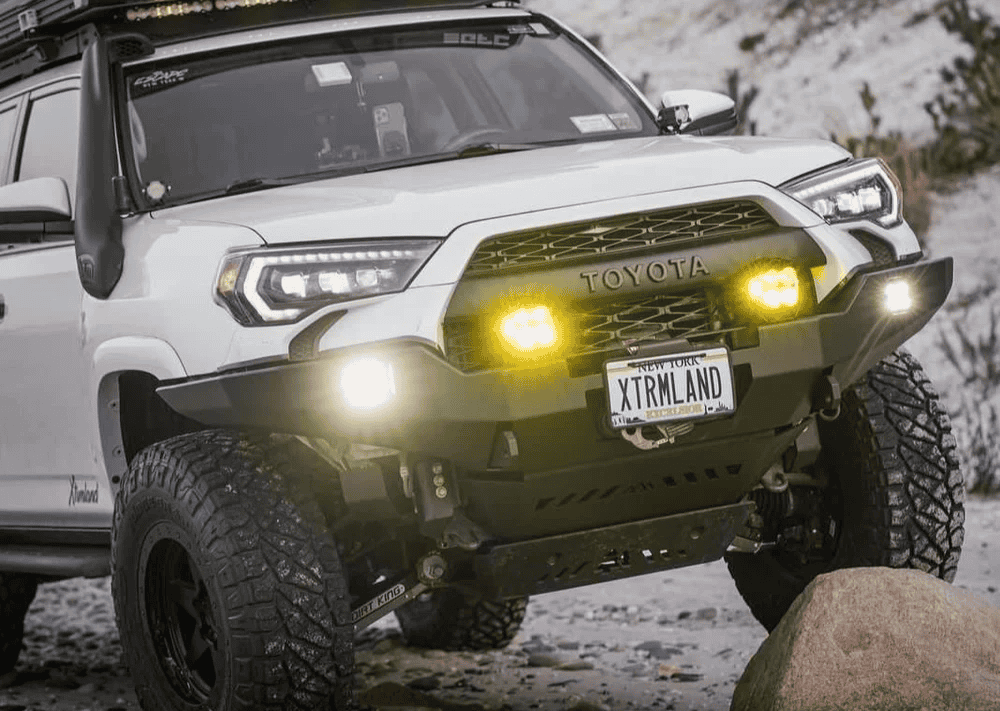Overland Vehicles

A diesel air heater warms cabin air by pulling interior air across a heat exchanger while burning diesel in a sealed chamber. Combustion air comes from outside, keeping exhaust separate from breathable air inside the vehicle. The result is dry heat that reduces condensation on windows and gear. Hydronic systems heat a coolant loop instead and can prewarm the engine or feed fan coils, but they add complexity and service points compared to compact air heaters.
Air heaters excel for quick cabin warmup, low current draw, and simple ducting. Hydronic systems shine when you want engine preheat, heated floors, or domestic hot water tied into the loop. Many van owners pick a two kilowatt air heater for small to mid size interiors, while larger cargo spaces may need a higher output unit or multiple outlets. Oversizing can lead to short cycling and more soot; undersizing forces constant full power operation and slower warmups.
Start with sizing. Estimate interior volume, consider insulation and air leaks, and choose output accordingly. Plan the mount where the unit is protected from luggage yet reachable for service. Under seat bases, bench boxes, or a rear garage compartment work well. Keep intake and outlet duct runs short with gentle bends to minimize restriction. Place outlets low to mix warm air evenly and keep cold feet at bay.
Combustion intake and exhaust must remain outside the living space. Use a short intake with a silencer and a small filter to keep debris out of the burner. Route stainless exhaust with a continuous downward slope, a tip pointed away from doors and windows, and adequate clearance from lines, wiring, and plastics. Add heat shields where the pipe passes near sensitive components and use high temperature sealant on joints. Avoid low spots that trap moisture and support the pipe to prevent vibration fatigue.
Electrical supply is the lifeline. Heaters draw the most current at startup during glow plug heating, then settle to a modest draw while running. Run a dedicated fused feed sized for the maximum current and the cable length. Keep control panels and thermostats away from direct sunlight or outlets to avoid false readings. If you travel at elevation, choose a controller that provides altitude compensation to prevent over fueling in thin air.
Use clean ring terminals, crimped and heat shrunk, with corrosion protection in damp areas. Route harnesses away from moving seat bases and sharp edges. Confirm polarity before powering the unit and record error codes during testing. Set temperature hold, fan speed, and night modes so the cabin stays comfortable without cycling.
Modern fuel delivery relies on a pulse dosing pump. Mount it near the tank on rubber isolation, tipped at an angle so bubbles travel upward. Supply fuel from a standpipe in the tank or a designated pickup, not from a line that can starve when the gauge reads low. Use fuel rated hose, tight clamps, and a small prefilter. Prime the line before the first start to avoid repeated aborts. After ignition, allow a full heat soak cycle and a cool down so the chamber dries, which helps prevent carbon buildup.
Regular care is simple. Run the heater monthly, even in summer, to burn the chamber clean. Inspect the intake, exhaust, and clamps each season, and check for soot at joints that could mark a leak. Replace filters as needed, carry a spare glow plug and gasket on remote trips, and use winter blend fuel in cold climates for reliable atomization.
If you want the warmth without the guesswork, our team routes intake and exhaust with clearances checked, protects harnesses, and sizes the system for your specific floorplan. We integrate ducts into cabinetry, manage noise with isolation mounts and silencers, and set up altitude ready controls for mountain passes. See how we outfit complete rigs at Overland rigs by OZK.
For owners planning a comprehensive upgrade, we design heating alongside power, lighting, and storage so everything works as a system. Explore our approach to integrated builds on Custom overland upfit. Curious about our process, craftsmanship, and handoff experience at Adventure Point? Learn more at Why choose OZK Customs.
Tell us how you travel, where you camp, and how cold your nights get. We will spec the output, ducting, controls, and protection that fit your platform and plans. Submit the form and our Fayetteville team will start your diesel heater integration, tested end to end and ready for the road.
At OZK Customs, we build complete adventure vans, overland rigs, and commercial upfits with heating, power, storage, and lighting designed as one system. We do not rent or sell consumer RVs. We craft dependable rigs that handle real weather and real mileage, then hand them off with a thorough walkthrough at Adventure Point so you leave ready to roam.
Ready to add dependable, dry heat to your van or overland rig? Tell us how you travel and we will engineer a heater setup that is quiet, efficient, and altitude ready. Submit the form now to reserve a build slot with OZK Customs.
ADDRESS:
6159 E Huntsville Rd, Fayetteville, AR 72701
PHONE:
(479) 326-9200
EMAIL:
info@ozkvans.com